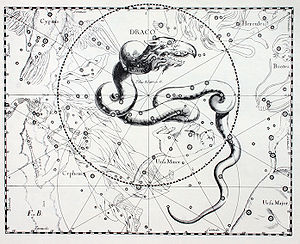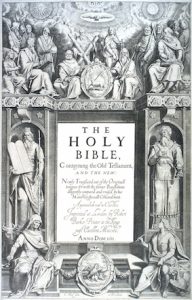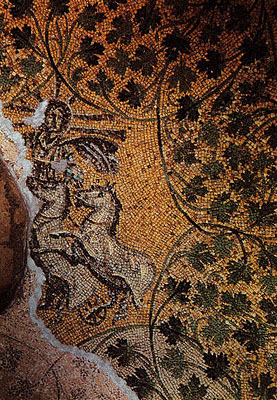Probably most of us who have witnessed someone attempting to engage Associate Professor James McGrath in a rational debate will be familiar with his rejoinder: “You seem to be saying . . .”. And those who are familiar with this line of his know he has missed (or misconstrued) the point the other person was making entirely.
Example:
I once attempted to illustrate what I meant by independent testimony for the existence of Socrates by pointing to sources from a serious philosopher and a comic playwright. Such disparate sources are clearly independent testimony, while what we have in the New Testament are all from the one source: followers of Jesus. This was the point Albert Schweitzer himself made when comparing the evidence for Jesus with the evidence for other historical figures.
McGrath responded that it “seemed” I was arguing that I believe we should believe philosophers and playwrights in preference to Christians!
So when I read in McGrath’s review of chapter 4 of Doherty’s book the refrain (about half a dozen times) “Doherty seems to say . . . .” then I know whatever Doherty did say is completely beyond his comprehension.
This post is not an attempt to argue Doherty’s case. It is an analysis of a review about Doherty’s book made in the hope that it may alert some to think about what they are reading and that not everything from an academic is of a scholarly standard. Continue reading “McGrath “not paying close attention” in his review of Doherty’s chapter 4″







